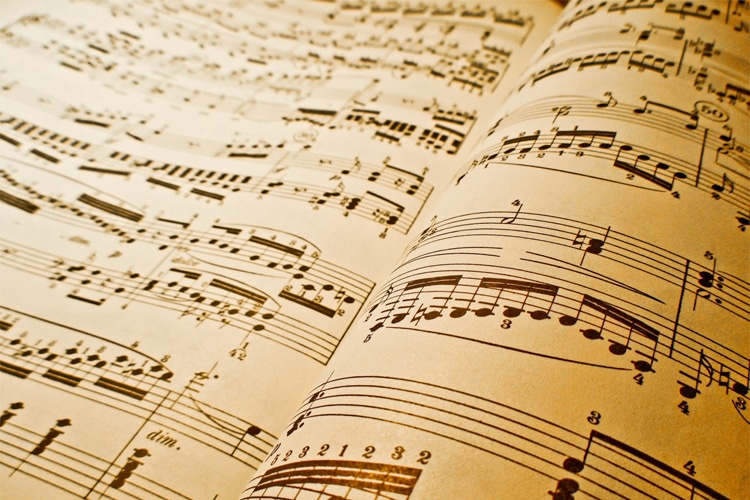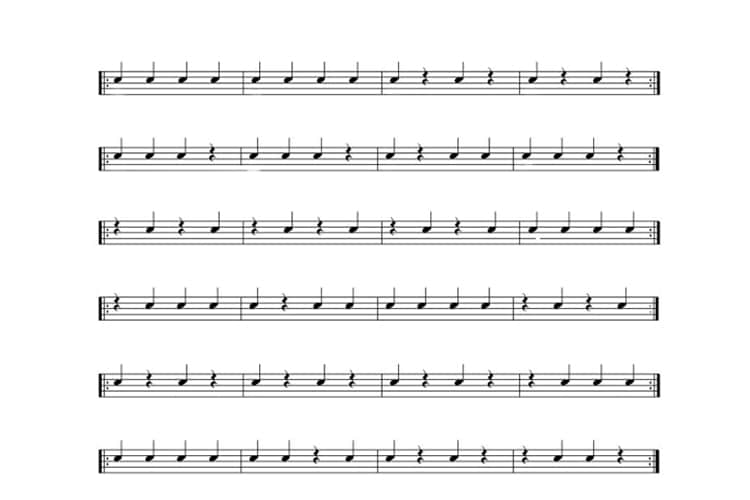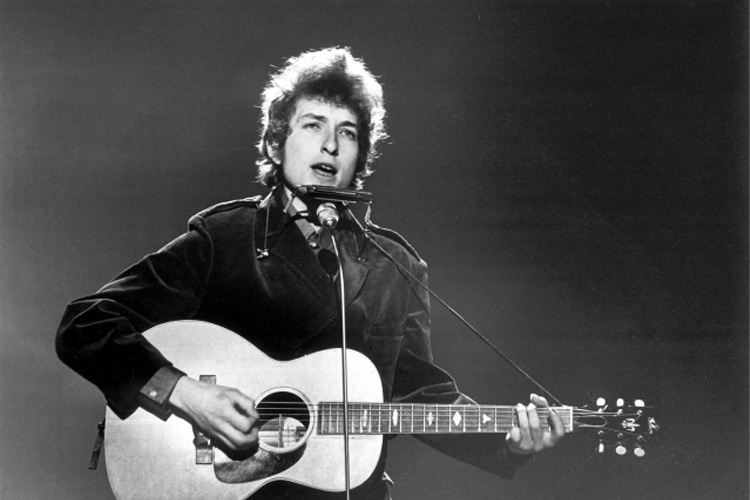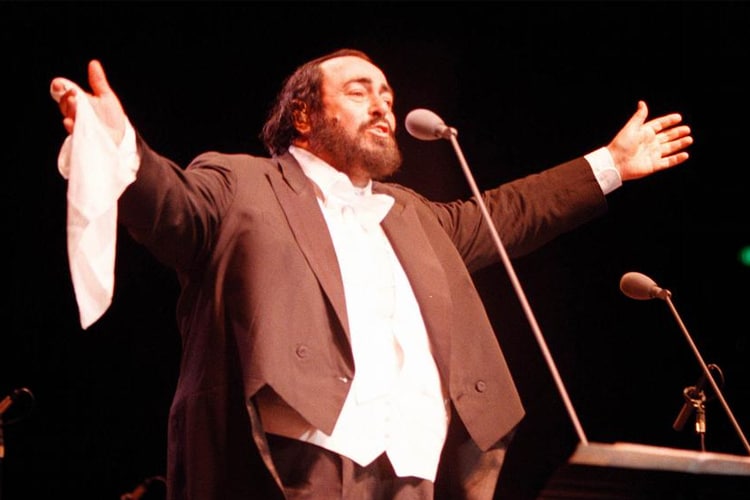Even if we are not interested in music, some musical terms frequently appears during the day. Many of these terms are of great importance to us if we are thinking of dealing with music. There are hundreds of different musical terms that have taken their place in the music world from many cultures. Naturally, it is not an easy task to learn all of these terms.
There is no need to learn all these terms. First of all, it is enough to know the style of music we want to make and the requirements of this style. It is also common used musical terms available in many genres in the music world. . In this content, we bring together music terms that you may encounter frequently.
Common musical terms:
- Note
- Tuning
- Chord
- BPM
- Flat
- Sharp
- Solfeggio
- A Capella
- Ballad
- Concerto
- Music Keys
- Gamut
- Octave
- Improvisation
- Vibrato
- Soprano
- Mezzo-Soprano
- Contralto (Alto)
- Countertenor
- Tenor
- Baritone
- Bass
We have listed in this way the musical terms we encounter in daily life in order to see them better. After this sub-title, we will be separating these music terms according to the general categories they belong to. If you are ready, let’s take a closer look at the meanings of musical terms and the areas/forms in which they are used.
General music terms:
There are many different terms, from how we tune the instrument to how a song and a note take shape. But first of all, let’s start with the note what makes music actually music.
Note: Notes are the name given to a set of signs that symbolize musical sounds. These signs written on a stave are also the basic building blocks of the performance of music. The musical note was invented by the Italian priest and musician Guido d’Arezzo. The origin of the note is quite interesting. Because the notes consist of the first syllables of St. Lohanne Battista’s hymn.
Ut queant laxis
Resonare fibris
Mira gestorum
Famuli tuorum
Solve polluti
Labii reatum
Sancte Iohannes…
The first syllables of the hymn form the notes of Do, Re, Mi, Fa, Sol, La, Si that we know today. The Ut at the beginning of the first line was later used as Do. Notes are still used with this nomenclature in our country and in some European countries. In English, notes are represented by letters in the Neo-Latin alphabet. C (Do), D (Re), E (Mi), F (Fa), G (Sol), A (La), B (Si).
Tuning: The process of tuning an instrument in the correct note range is called tuning. There are multiple tuning systems, especially for stringed instruments.
Chord: Chord is the name given to the sounds that are formed according to the order of the notes we press on an instrument. Chords, which are usually a combination of 2 or more voices, make standard notes more complicated and rich. In addition, it is possible to make a note or sound group major or minor with chords.
Solfeggio: One of the indispensable steps of learning music and reading notes is solfeggio. Solfeggio; ear training is the name given to the whole process such as reading notes and naming the tone of the played note. It is frequently applied especially in the entrance exams of conservatory departments. It usually consists of the steps of voicing the intonation of notes played in various octaves from the piano and naming the notes.
Music terms related to rhythm and note stresses:
BPM: BPM, which stands for beats per minute, shows us how many beats per minute. In other words, the tempo of a musical piece is determined by BPM. BPM is a must for music. BPM is also vital for DJs performing live. Because the BPMs of both songs must match for the transitions to be smooth.
Flat: The flat makes the note that comes before sign lower by a semitone. This indicates that the current note or chord will be played one fret behind on guitar and similar stringed instruments. In most of the instruments with keys, the flat is processed in the same logic.
Sharp: The sharp trebles the note that comes before a semitone, which is the sibling of the flat sign. Again, working with the same logic as the flat, the sharp indicates that the current note will be played at the next fret.
Popular music genres:
A Cappella: Acapella, originally called A Cappella, is the name given to a polyphonic type of music. In this type of music, the human voice is used as an instrument. Acapella, which means “church style/form” in Italian, is used in many different ways today. Artists who rap with beatbox also actually do acapella.
Ballad: The ballad, which was originally a musical adaptation of the poem, is now used for slow and hearty musical works. You can get an idea about the genre by listening to Bob Dylan, one of the best representatives of this genre. Types of ballad; it is also divided into sub-branches such as power ballad, folk ballad, rock ballad and pop ballad.
Concerto: Compositions written for a single instrument, sometimes for more than one instrument, are called concertos. An orchestra accompanies a single solo instrument in concertos. Sometimes, this solo part may consist of more than one instrument in the same group.
Music keys:
Treble Clef(Sol Anahtarı): The mark drawn starting from the bottom second row of the stave is called the treble key. It indicates that the musical piece will consist of sounds in the tremle note group and height. The treble key, which is used to show the notes in the frequencies closest to the human voice, is one of the most preferred keys.
C Clef(Do Anahtarı): The key of Do is used to indicate notes of various thicknesses. There are 4 different variants of this switch. The type of do key also changes according to the stave line it starts to draw. The first line represents the soprano, the second line mezzo, the third line alto, and the fourth line the do key tenor.
F Key(Fa Anahtarı): The key fa, placed on the fourth line of the stave, is used to indicate bass sounds. It is often used to represent the notes played by the left hand on keyed instruments. It is also a very important key for instruments such as bass guitar and double bass.
Music terms for the general playing style:
Gamut: A scale is a collection of notes that are related to a pitch that thin or thicker of a note in major and minor patterns. It has dozens of different varieties. These scales are often used in the formation of solos in modern music. Minor/major pentatonic, Aeolian, Ionian, Lydian and Dorian are popular scales used in many of the songs we listen to.
Octave: Scale and octave are generally musical terms that go hand in hand with each other. An octave indicates the range of sound a note has. To give an example: when the top string on the guitar is in the standard chord and as played blank, it gives the note E, that is mi. This is the mi note in the deepest octave on the guitar. But when we press the lowest string in the twelfth fret, we get the note mi. Between these notes there is octave difference, that is, the difference in sound frequency.
Taksim (Improvisation): Particularly in Turkish music, taksim is a type of improvisation without rhythm performed by a single person. It usually starts and ends in a single makam. But sometimes there is a transition(makam) between different authorities. Especially before starting a song, taksim is done by the musicians to show their talents.
Vibrato: Vibrato is a technique that affects both the way you say and play. It is usually done in the form of vibrating the sound to a lower and an upper octave, depending on the scale of the song, on a particular note. It is quite popular in vocals as well as violin, guitar and electronic key instruments.
Music terms belonging to vocal ranges:
Soprano: The name given to the highest child and female voice in music is Soprano. Soprano is often used to describe the high-pitched female vocal. But the term is also used in orchestras to denote treble instruments.
Mezzo-Soprano: Mezzo-Soprano is the name given to female voices that are neither as thin as Soprano nor as deep as Alto. Generally, women with secondary roles in operas have the Mezzo-Soprano vocal range.
Contralto (Alto): Contralto, which also means Bold Alto, is the name given to the deepest and lowest voices of female vocals. However, this term is not used much outside of opera and classical music because there is not much difference between them and Mezzo-Soprano. Famous names with contralto vocal ranges include Katy Perry, Amy Winehouse, Lana Del Rey and many more.
Countertenor: Male vocals that can reach female voices with head voice and chest resonance are called Countertenor. This vocal range, which is especially used in operas and church hymns, also shows itself in modern popular music. Cem Adrian is one of the most well-known names in our country who is a Countertenor.
Tenor: When we take the extreme vocal type such as countertenor aside, the name given to the highest male voice is Tenor. This vocal type, which is frequently encountered among musical terms, is divided into categories within itself.
Baritone: Baritone is the name given to male vocals between Bass and Tenor voices. It is the most common male voice.
Bass(Basso): Bass is the name given to the lowest level of male and human voice in general. This vocal range, which is very popular especially in operas, can go below the Fa note.
Other content you may be interested in:
20 Interesting Facts About Ancient Greek Civilization
What Is Wasabi, How Is It Made And Why Is Real Wasabi So Expensive?




















